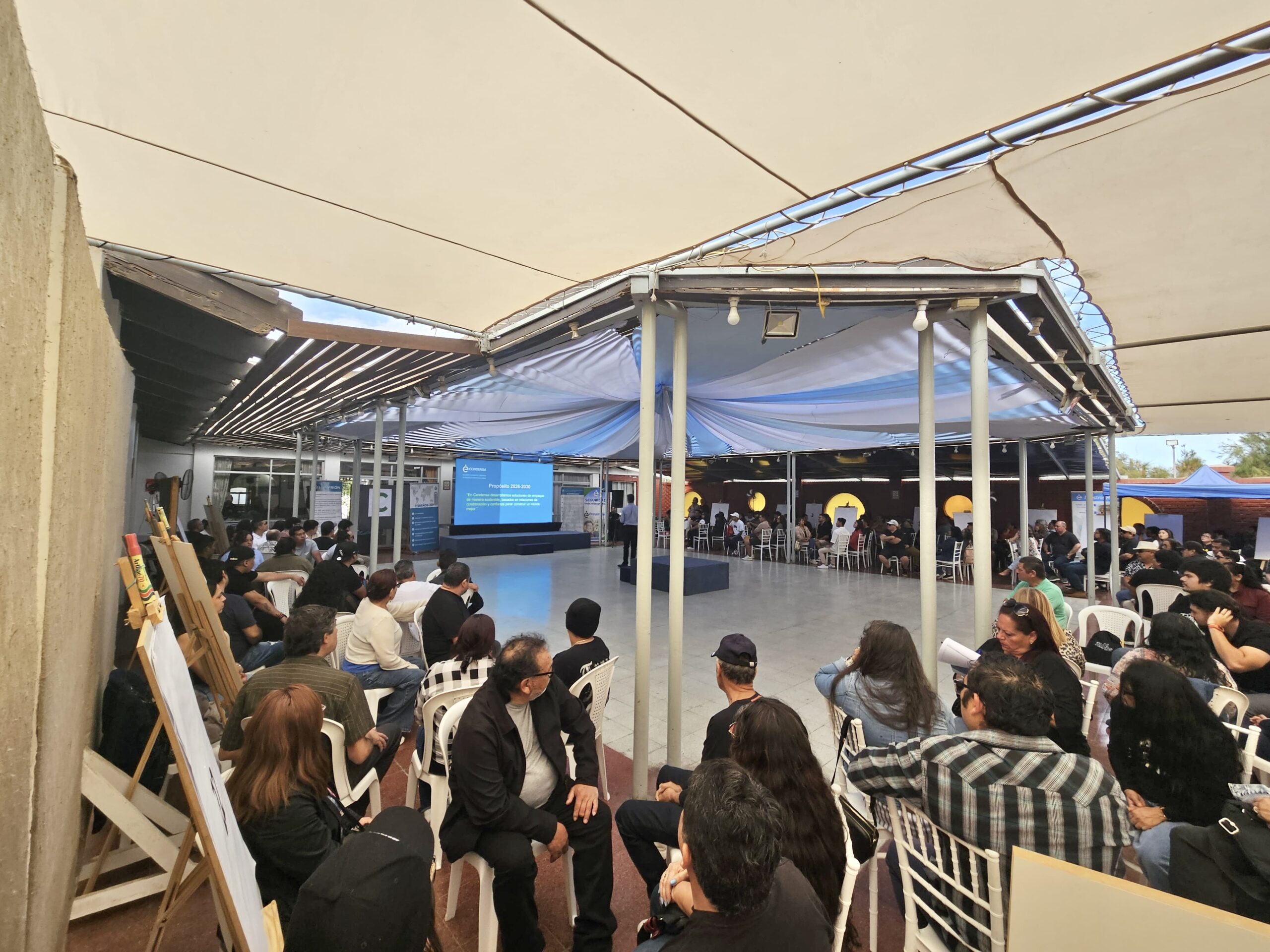Business innovation is no longer measured solely by the ability to launch new products to the market. In an environment saturated with options, the real challenge is creating value beyond a one-time sale. It is in this context that servitization emerges, a model that is redefining how companies interact with their customers.
What is Servitization?
Servitization is a business model innovation strategy in which companies shift from focusing exclusively on selling products to offering value-added services that address the real needs of the market.
This is not just a theory—it is a practice already underway in multiple industries:
- Rolls-Royce doesn’t sell engines; it sells guaranteed “flight hours” through real-time monitoring services.
- Netflix transformed movie ownership into a subscription service with unlimited access.
- John Deere complements the sale of agricultural machinery with data analytics platforms to optimize production.
In all these cases, the focus shifts from product ownership to the customer’s experience and the results they obtain.
Innovation Starts with the Market
Servitization shows that innovation doesn’t mean producing faster or adding more features, but aligning the offer with what the market truly demands. Today, consumers seek convenience, flexibility, and comprehensive solutions, not the accumulation of goods.
A customer-oriented business model involves:
- Observing consumption trends such as subscriptions, pay-per-use, or personalization.
- Analyzing the customer lifecycle to identify issues that persist after purchase.
- Rethink the value proposition so that it becomes a complete solution rather than an isolated product.
In the case of packaging, for example, associated services can go beyond simply delivering containers and bottles: consulting on more efficient designs, integrating recyclable or reusable materials, or even providing solutions that reduce environmental impact. Sustainability thus becomes an additional service that responds to one of the main concerns of today’s consumers.
Benefits of a Servitization Strategy
Adopting this approach brings advantages for both companies and consumers:
- Loyalty: customers remain connected to the brand for longer periods.
- Long-term value: services foster more stable and continuous relationships with clients.
- Differentiation: in mature and competitive markets, the service experience weighs more than the product itself.
Looking Ahead
By 2026, business transformation will continue to move toward models that prioritize simplicity, flexibility, and sustainability. Consumers no longer ask, “Which product do I want to buy?” but “Which need do I want to solve?”
Servitization thus establishes itself as one of the most relevant innovation strategies of this decade, a reminder that true competitiveness is not achieved through more inventory, but through a greater ability to understand and support the customer.




